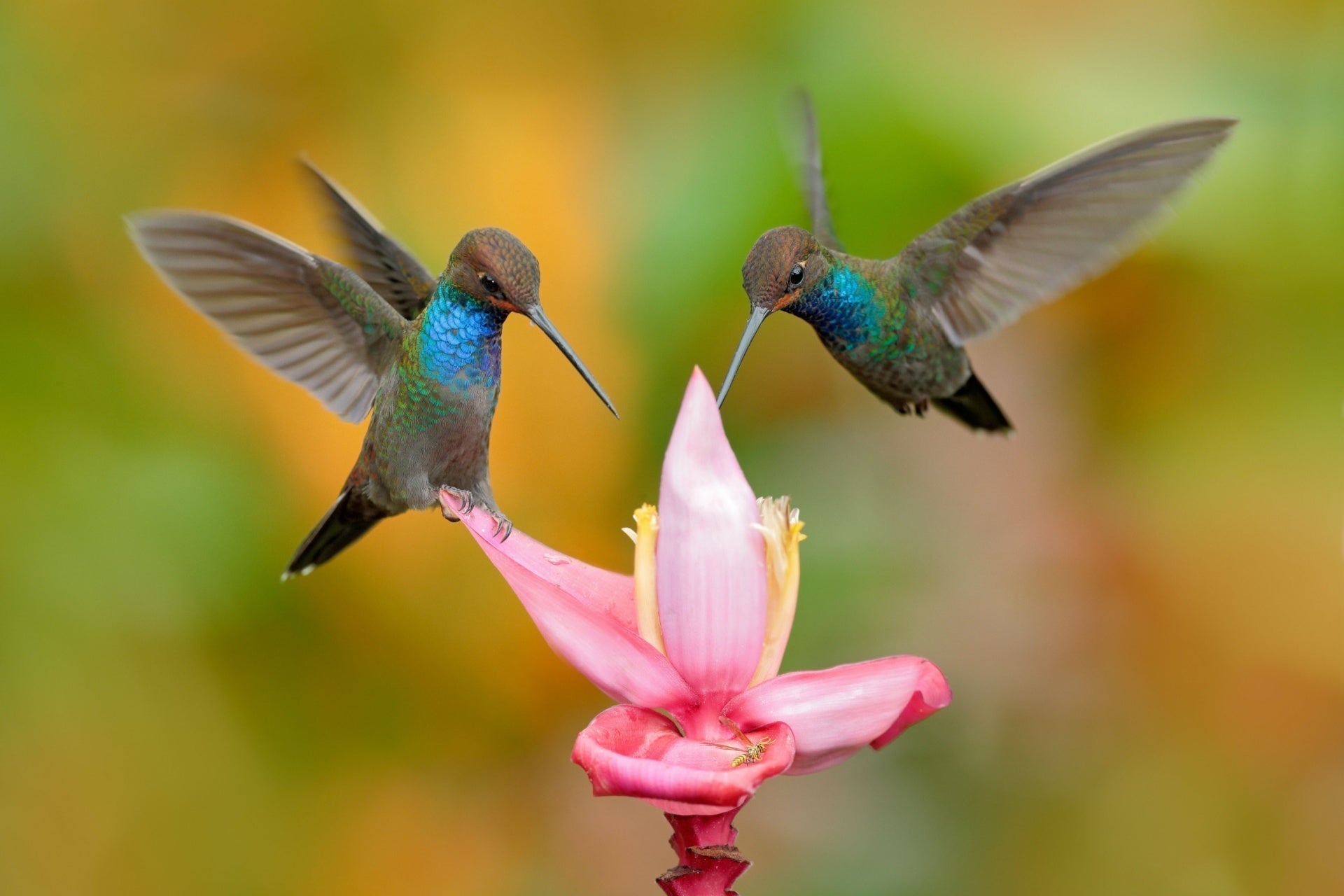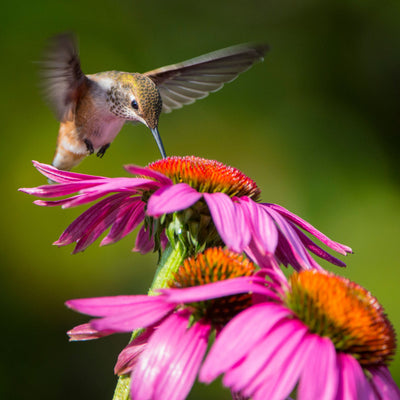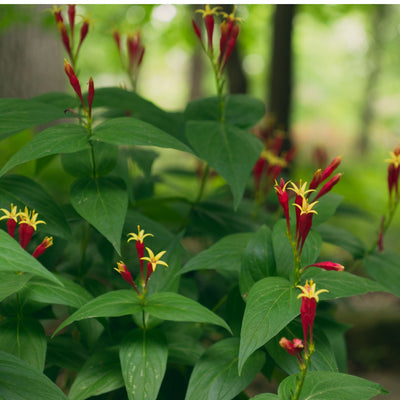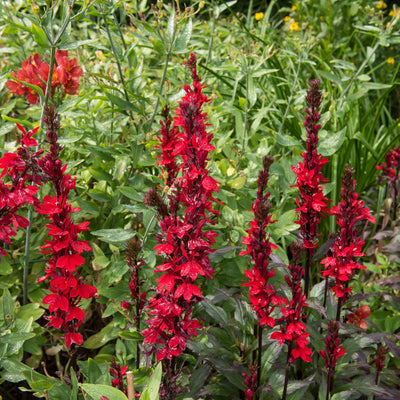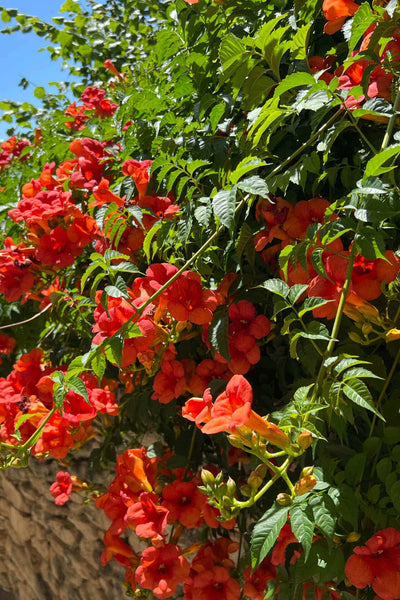A tiny hummingbird flying between flowers is one of the most beautiful sights. Its wings move so fast that they blur in the air. If you've ever thought what plants attract hummingbirds, the answer is nectar rich, brightly coloured and shaped flowers that are large enough for their long beaks. In addition to adding beauty and movement to your yard, planting hummingbirds plants helps pollinators who are essential to the ecosystem's survival.
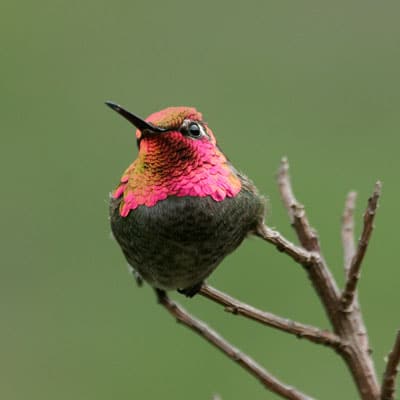
Why Hummingbird Attracting Plants Make a Difference
It's not just a matter of aesthetics; hummingbird attracting plants are also good for the environment. These active birds eat on nectar and pollinate flowers at the same time, which helps plants reproduce naturally. By choosing native plants that are high in nectar, you give animals food sources and make your outdoor area more diverse.
- Hummingbirds are drawn to flowers by sight, while many other pollinators are drawn by smell. They look for pink, orange and red flowers with lots of juice.
- Because of this, tubular blooms like those on the best plants for hummingbirds are great for attracting these fast flying birds to your yard.
- The Indian Pink is a great plant for farmers who want to start out easy.
- Hummingbirds love its bright red flowers with yellow centres and it adds a beautiful splash of colour to places that are partly sunny or in the shade.
Top Plants to Attract Hummingbirds
Your garden doesn't have to be very big to have plants that attract hummingbirds; you just need to choose the right plants and put them in the right places. Here are some types that do really well and will have hummingbirds coming back often.
Indian Pink
One of the most beautiful hummingbird attracting plants that you can grow is this natural perennial. The Indian Pink flower has bright red tubes with yellow centres that bloom from late spring to early summer. It does best in moist, well drained soil with some shade, which makes it great for gardens in woods or along borders.
Cardinal Flower
The Cardinal Flower is one of the most popular plants that attract hummingbirds. Its bright red spikes bloom in the middle of summer and provide a great source of nectar when food is short. This native perennial grows best in wet soil, so it's great for rain gardens, around ponds, or in low lying places.
Hummingbird Plants Mix
If you don't know where to start, TN Nursery has a special mix of Hummingbird Plants that includes many plants that are high in nectar. This mix will keep your yard colourful and alive from spring to autumn by making sure plants keep blooming all season.
Bee Balm
Hummingbirds love the bright annual bee balm, also known as monarda. Their long bills fit perfectly in the shape of the flower and the plant also attracts bees and butterflies, making it a favourite among pollinators for many reasons.
Trumpet Vine
Trumpet Vine is a traditional choice for Hummingbirds plants due to its growing ability and bright orange red flowers. It has a lot of tube flowers that provide a steady supply of nectar and can make fences, trellises, or arbours look beautiful.
Tips for Designing a Hummingbird Garden
Creating a garden that hummingbirds like means mixing style, function and long term use. With these tips, you can make a great place for hummingbirds and other pollinators to live and thrive.
Choose Plants That Bloom in Sequence
Choose the best plants for hummingbirds that bloom at different times of the year. This makes sure that there is always juice available. In the spring, hummingbirds like Indian Pink and other early bloomers. In late summer, Cardinal Flower and Trumpet Vine keep them coming.
Incorporate Native Species
The best native plants to attract hummingbirds are those that have grown naturally in the area. They are easier to take care of and provide food for both adult and young hummingbirds all season long.
Provide Water and Shelter
Hummingbirds need clean water to bathe and drink and it works great with a shallow birdbath or a small waterfall by planting plants and small trees nearby you can give them places to rest and perch while you feed them.
Avoid Pesticides
Chemicals can hurt hummingbirds and make it harder for them to find the insects they eat for energy so instead use natural ways to get rid of pests and let your garden keep a healthy balance on its own.

Seasonal Planting Tips for Hummingbird Gardens
- In the spring - Plant perennials that bloom early like Indian Pink to draw the first birds that are moving south
- In the summer - Use plants like Bee Balm, Cardinal Flower and Hummingbird Plants mix to keep food sources strong
- In the autumn - Add plants that bloom late to help hummingbirds get ready for their journey
- In the winter - Leave the seed heads and dead stems alone to provide cover and attract bugs that birds can eat
You can make sure that your plants attract hummingbirds all year long and keep your garden full of colour and life by planning ahead.
FAQs
What plants attract hummingbirds the most?
Cardinal Flower, Indian Pink and Trumpet Vine are some of the best plants for hummingbirds because they have lots of juice and bright, tube shaped flowers.
Why are hummingbird attracting plants important?
Helps plants by pollinating them and also provide hummingbirds with high energy food that helps them survive travel and daily activities.
Can I use native plants to attract hummingbirds in small garden spaces?
Yes and even a few pots of plants that attract hummingbirds like Indian Pink or Bee Balm can bring them to your patio or deck in large numbers.
Do hummingbird friendly garden plants also support other pollinators?
Of course. Many hummingbirds plants also draw butterflies, bees and other good bugs that improve the health of your yard.
